Thermal stress isn’t just a short-term inconvenience; it’s a physiological challenge that, if left unmanaged, can lead to serious long-term health consequences. While heat stroke is the immediate danger often associated with thermal stress, the chronic impact on cardiovascular health, immune function, and cognitive performance is equally concerning. Understanding these risks and leveraging tools like Mij™ to monitor thermal stress in real time can be transformative in mitigating long-term health challenges.
What is Chronic Thermal Stress?
Thermal stress occurs when the body’s ability to regulate internal temperature is overwhelmed. Chronic thermal stress develops when this condition persists over time due to prolonged exposure to heat, insufficient recovery, or inadequate cooling mechanisms. This repeated strain on the body disrupts homeostasis, leading to cumulative damage across various systems.
The Long-Term Health Risks of Chronic Thermal Stress
1. Cardiovascular Health
- Chronic thermal stress places significant strain on the cardiovascular system as the body works harder to dissipate heat. Increased heart rate and blood flow to the skin, essential for cooling, elevate cardiac workload.
- Studies published in Circulation Research highlight that persistent heat exposure can exacerbate hypertension and increase the risk of heart disease, especially in individuals with pre-existing conditions (Crandall & Wilson, 2015).
- Long-term thermal strain has also been linked to endothelial dysfunction, a precursor to atherosclerosis and other cardiovascular diseases.
2. Immune Function
- Elevated core body temperatures sustained over time suppress immune system activity, reducing the body’s ability to fight infections.
- Research in Frontiers in Immunology shows that chronic thermal stress triggers systemic inflammation, increasing the risk of autoimmune disorders and chronic illnesses (Gleeson, 2007).
- Heat stress can also impair recovery from illness or injury, prolonging the healing process.
3. Cognitive Performance
- The brain is highly sensitive to temperature changes. Chronic exposure to elevated heat can impair cognitive functions such as memory, focus, and decision-making.
- A study in Physiology & Behavior found that individuals exposed to sustained heat stress demonstrated slower reaction times and reduced working memory compared to those in thermoneutral environments (Gaoua et al., 2011).
- Over time, these cognitive deficits may accumulate, affecting professional performance and quality of life.
How Monitoring Thermal Stress Prevents Long-Term Risks
Monitoring thermal stress provides actionable insights that empower individuals to take proactive measures against chronic exposure. Mij™, a cutting-edge wearable device, is designed to track real-time temperature changes and help users maintain optimal physiological balance. Here’s how it works:
1. Early Detection of Thermal Strain
- Mij™ continuously monitors core body temperature, skin temperature, and thermal gradients, alerting users when heat stress begins to build.
- Early detection allows users to take cooling measures before thermal stress becomes chronic.
2. Personalized Insights for Recovery
- Mij™ provides tailored recommendations for cooling strategies, hydration, and rest, ensuring that the body has adequate time to recover from heat exposure.
- Tracking long-term trends helps identify patterns and triggers of chronic thermal stress, enabling lifestyle adjustments to minimize risks.
3. Supporting Cardiovascular and Immune Health
- By maintaining a record of temperature fluctuations, Mij™ helps users monitor their response to heat, ensuring that strain is managed effectively.
- Regular monitoring supports immune resilience by identifying periods of excessive thermal load and guiding recovery protocols.
Practical Strategies to Manage Chronic Thermal Stress
- Optimize Cooling Strategies
- Use cold showers, ice packs, or cooling towels during and after periods of heat exposure.
- Incorporate cooling garments or vests during exercise or work in hot environments.
- Stay Hydrated
- Drink water consistently throughout the day and replenish electrolytes to support thermoregulation.
- Avoid excessive caffeine or alcohol, which can exacerbate dehydration.
- Adjust Physical Activity
- Plan workouts during cooler parts of the day and reduce intensity in high-heat conditions.
- Use Mij™ to monitor body temperature and identify when to scale back activities.
- Create a Comfortable Environment
- Maintain a cool indoor environment with fans or air conditioning.
- Use breathable bedding and clothing to minimize heat retention during sleep.
The Role of Mij™ in Long-Term Health Management
Mij™ goes beyond traditional fitness trackers by offering real-time thermal stress monitoring tailored to individual needs. With features like:
- Continuous temperature tracking
- Personalized cooling recommendations
- Long-term trend analysis for better decision-making
Mij™ equips users with the tools they need to prevent the cumulative effects of chronic thermal stress. Whether you’re an athlete, a professional, or someone impacted in warmer climates, Mij™ empowers you to protect your health for the long term.
Chronic thermal stress is a silent yet significant threat to long-term health, impacting the cardiovascular system, immune function, and cognitive performance. By monitoring thermal stress with Mij™, individuals can detect early signs of strain, implement proactive cooling strategies, and mitigate long-term risks.
Start prioritizing your health today. With Mij™, managing thermal stress is not just possible - it’s effortless.

